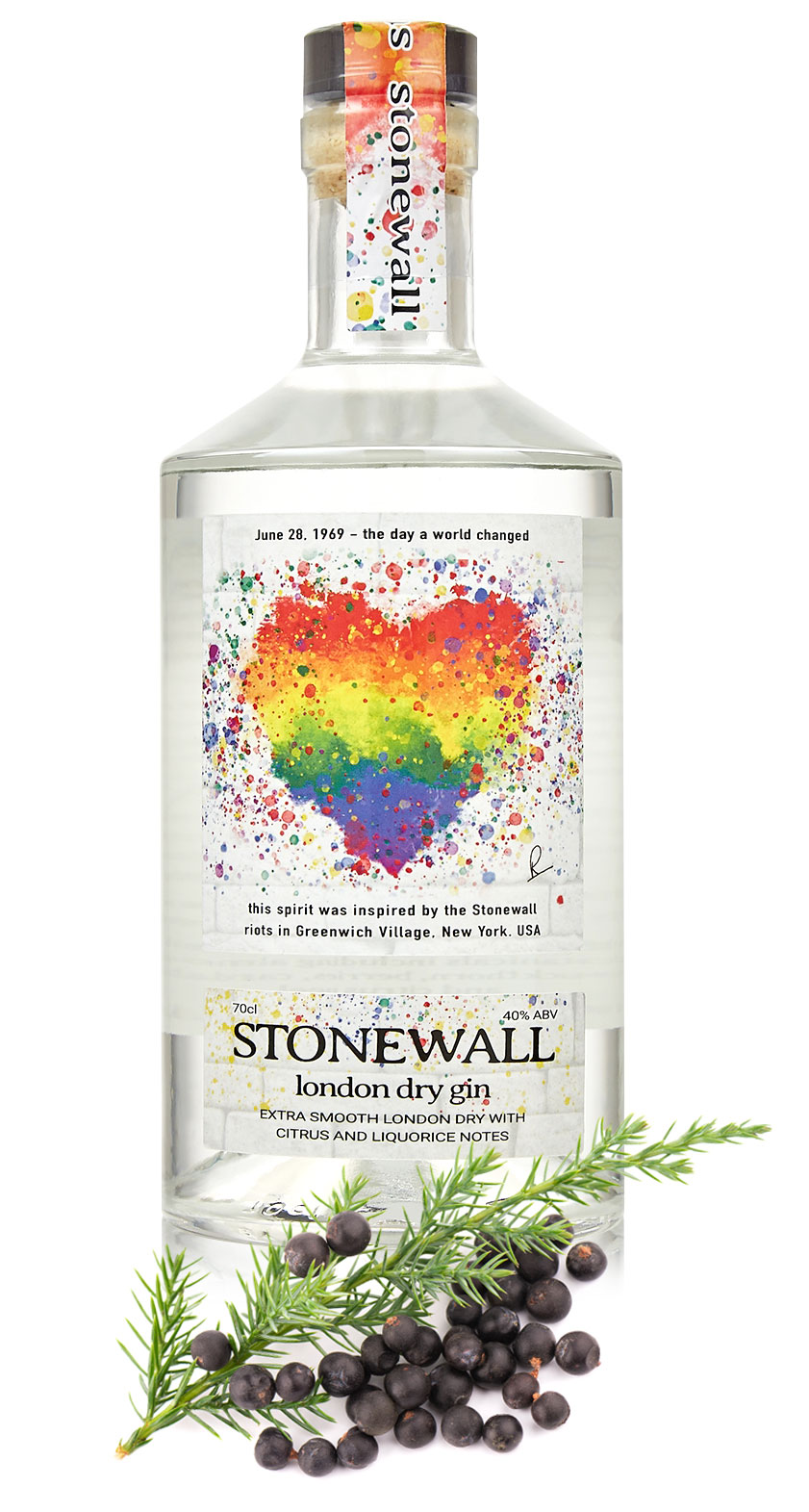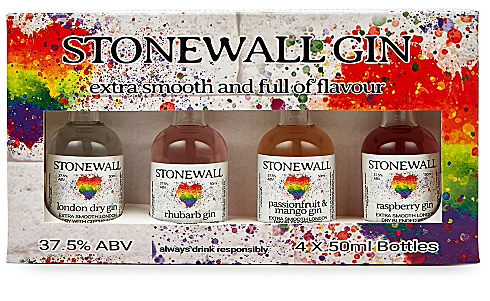A fight for equality & Acceptance
The Story of the Stonewall Riots
This spirit was born on 28th June 1969 in The Stonewall Inn New York at precisely 1.20am
The Stonewall Riots, also called the Stonewall Uprising, began in the early hours of June 28, 1969 when New York City police raided the Stonewall Inn, a gay club located in Greenwich Village in New York City. The raid sparked a riot among bar patrons and neighborhood residents as police roughly hauled employees and patrons out of the bar, leading to six days of protests and violent clashes with law enforcement outside the bar on Christopher Street, in neighboring streets and in nearby Christopher Park. The Stonewall Riots served as a catalyst for the gay rights movement in the United States and around the world.
Constant Raids at Gay Bars
The 1960s and preceding decades were not welcoming times for lesbian, gay, bisexual and transgender (LGBT) Americans. For instance, solicitation of same-sex relations was illegal in New York City.
For such reasons, LGBT individuals flocked to gay bars and clubs, places of refuge where they could express themselves openly and socialize without worry. However, the New York State Liquor Authority penalized and shut down establishments that served alcohol to known or suspected LGBT individuals, arguing that the mere gathering of homosexuals was “disorderly.”
Thanks to activists’ efforts, these regulations were overturned in 1966, and LGBT patrons could then be served alcohol. But engaging in gay behavior in public (holding hands, kissing or dancing with someone of the same sex) was still illegal, so police harassment of gay bars continued and many bars still operated without liquor licenses—in part because they were owned by the Mafia.
Gay Rights Before Stonewall
The first documented U.S. gay rights organization, The Society for Human Rights (SHR), was founded in 1924 by Henry Gerber, a German immigrant. Police raids forced them to disband in 1925, but not before they had published several issues of their newsletter, “Friendship and Freedom,” the country’s first gay-interest newsletter. America’s first lesbian rights organization, The Daughters of Bilitis, was formed in San Francisco on September 21, 1955.
In 1966, three years before Stonewall, members of The Mattachine Society, an organization dedicated to gay rights, staged a “sip-in” where they openly declared their sexuality at taverns, daring staff to turn them away and suing establishments who did. When The Commission on Human Rights ruled that gay individuals had the right to be served in bars, police raids were temporarily reduced.
The Stonewall Inn
The crime syndicate saw profit in catering to shunned gay clientele, and by the mid-1960s, the Genovese crime family controlled most Greenwich Village gay bars. In 1966, they purchased Stonewall Inn (a “straight” bar and restaurant), cheaply renovated it, and reopened it the next year as a gay bar.
Stonewall Inn was registered as a type of private “bottle bar,” which did not require a liquor license because patrons were supposed to bring their own liquor. Club attendees had to sign their names in a book upon entry to maintain the club’s false exclusivity. The Genovese family bribed New York’s Sixth Police Precinct to ignore the activities occurring within the club.
Without police interference, the crime family could cut costs how they saw fit: The club lacked a fire exit, running water behind the bar to wash glasses, clean toilets that didn’t routinely overflow and palatable drinks that weren’t watered down beyond recognition. What’s more, the Mafia reportedly blackmailed the club’s wealthier patrons who wanted to keep their sexuality a secret.
Nonetheless, Stonewall Inn quickly became an important Greenwich Village institution. It was large and relatively cheap to enter. It welcomed drag queens, who received a bitter reception at other gay bars and clubs. It was a nightly home for many runaways and homeless gay youths, who panhandled or shoplifted to afford the entry fee. And it was one of the few—if not the only—gay bar left that allowed dancing.
Raids were still a fact of life, but usually corrupt cops would tip off Mafia-run bars before they occurred, allowing owners to stash the alcohol (sold without a liquor license) and hide other illegal activities. In fact, the NYPD had stormed Stonewall Inn just a few days before the riot-inducing raid.
The Stonewall Riots Begin
When police raided Stonewall Inn on the morning of June 28, it came as a surprise—the bar wasn’t tipped off this time.
Armed with a warrant, police officers entered the club, roughed up patrons, and, finding bootlegged alcohol, arrested 13 people, including employees and people violating the state’s gender-appropriate clothing statute (female officers would take suspected cross-dressing patrons into the bathroom to check their sex).
Fed up with constant police harassment and social discrimination, angry patrons and neighborhood residents hung around outside of the bar rather than disperse, becoming increasingly agitated as the events unfolded and people were aggressively manhandled. At one point, an officer hit a lesbian over the head as he forced her into the police van— she shouted to onlookers to act, inciting the crowd to begin throw pennies, bottles, cobble stones and other objects at the police.
Within minutes, a full-blown riot involving hundreds of people began. The police, a few prisoners and a Village Voice writer barricaded themselves in the bar, which the mob attempted to set on fire after breaching the barricade repeatedly.
The fire department and a riot squad were eventually able to douse the flames, rescue those inside Stonewall, and disperse the crowd. But the protests, sometimes involving thousands of people, continued in the area for five more days, flaring up at one point after the Village Voice published its account of the riots.
Stonewall’s Legacy
Though the Stonewall uprising didn’t start the gay rights movement, it was a galvanizing force for LGBT political activism, leading to numerous gay rights organizations, including the Gay Liberation Front, Human Rights Campaign, GLAAD (formerly Gay and Lesbian Alliance Against Defamation), and PFLAG (formerly Parents, Families and Friends of Lesbians and Gays).
On the one-year anniversary of the riots on June 28, 1970, thousands of people marched in the streets of Manhattan from the Stonewall Inn to Central Park in what was then called “Christopher Street Liberation Day,” America’s first gay pride parade. The parade’s official chant was: “Say it loud, gay is proud.”
In 2016, then-President Barack Obama designated the site of the riots—Stonewall Inn, Christopher Park, and the surrounding streets and sidewalks—a national monument in recognition of the area’s contribution to gay rights.
Source: Click Here
get to know us
Discover Our Range of Spirits
Choose from our fantastic selection of spirits below to discover more!
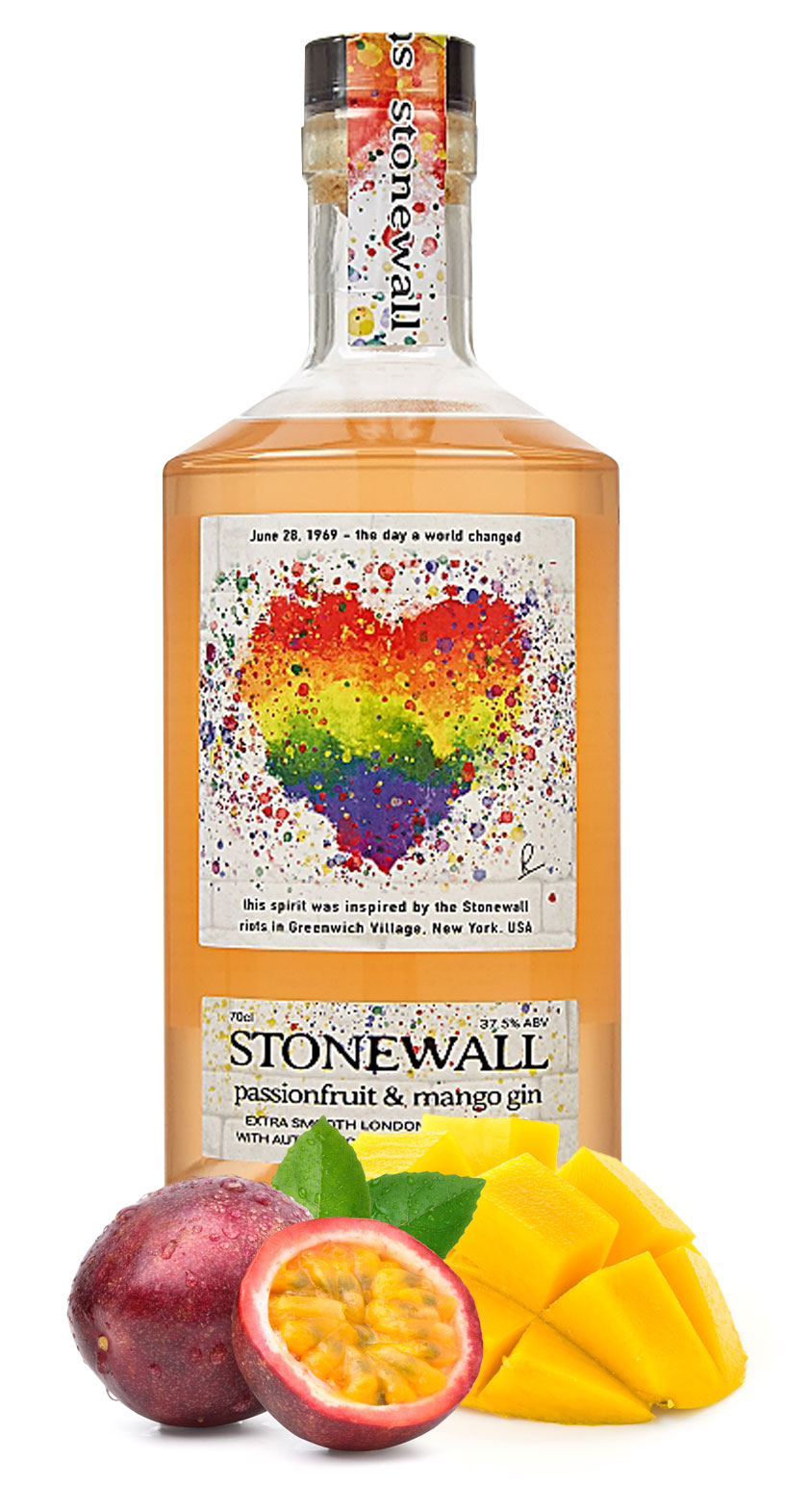
Passionfruit & Mango
960 in stock
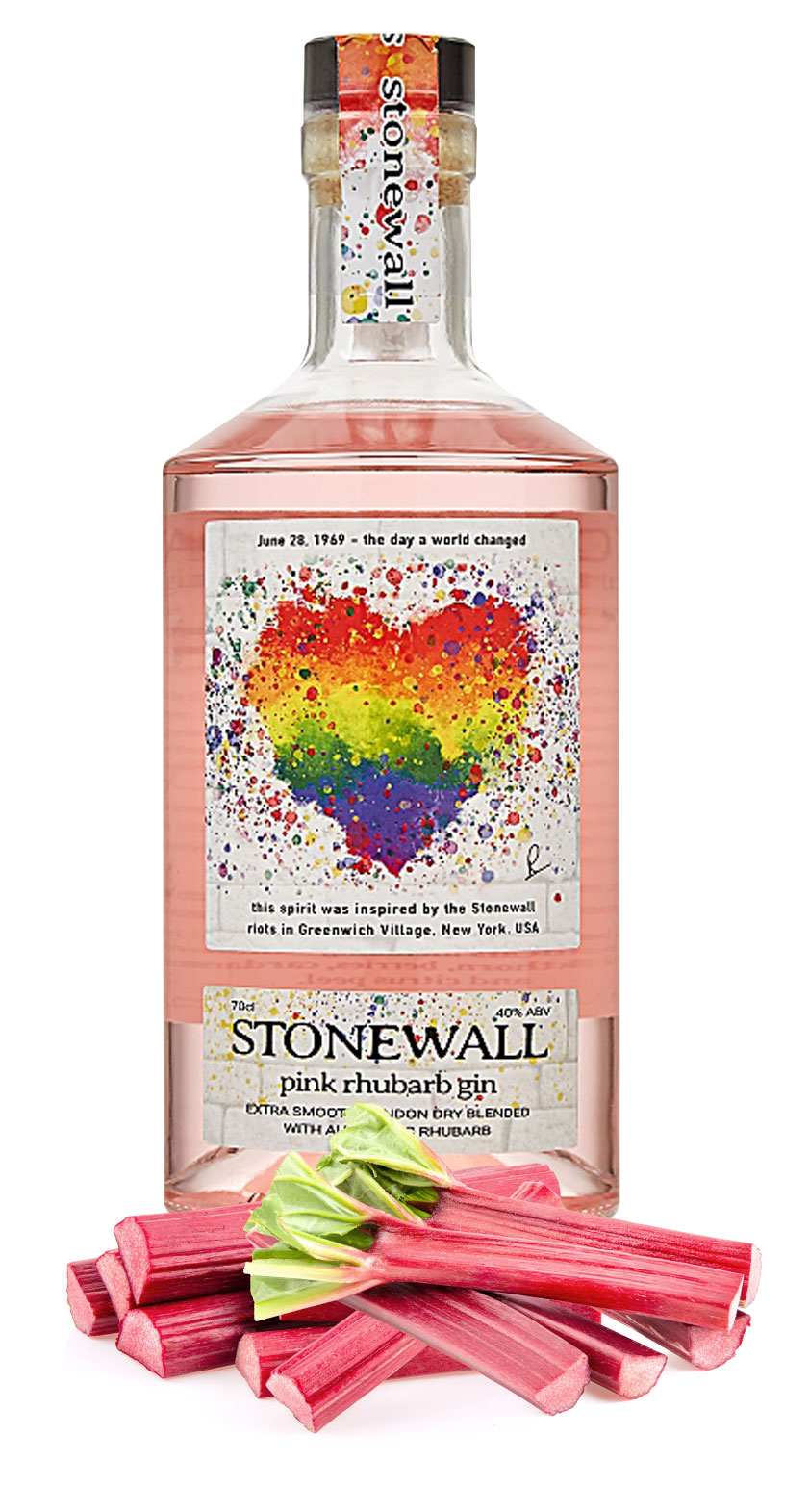
Pink Rhubarb Gin
960 in stock
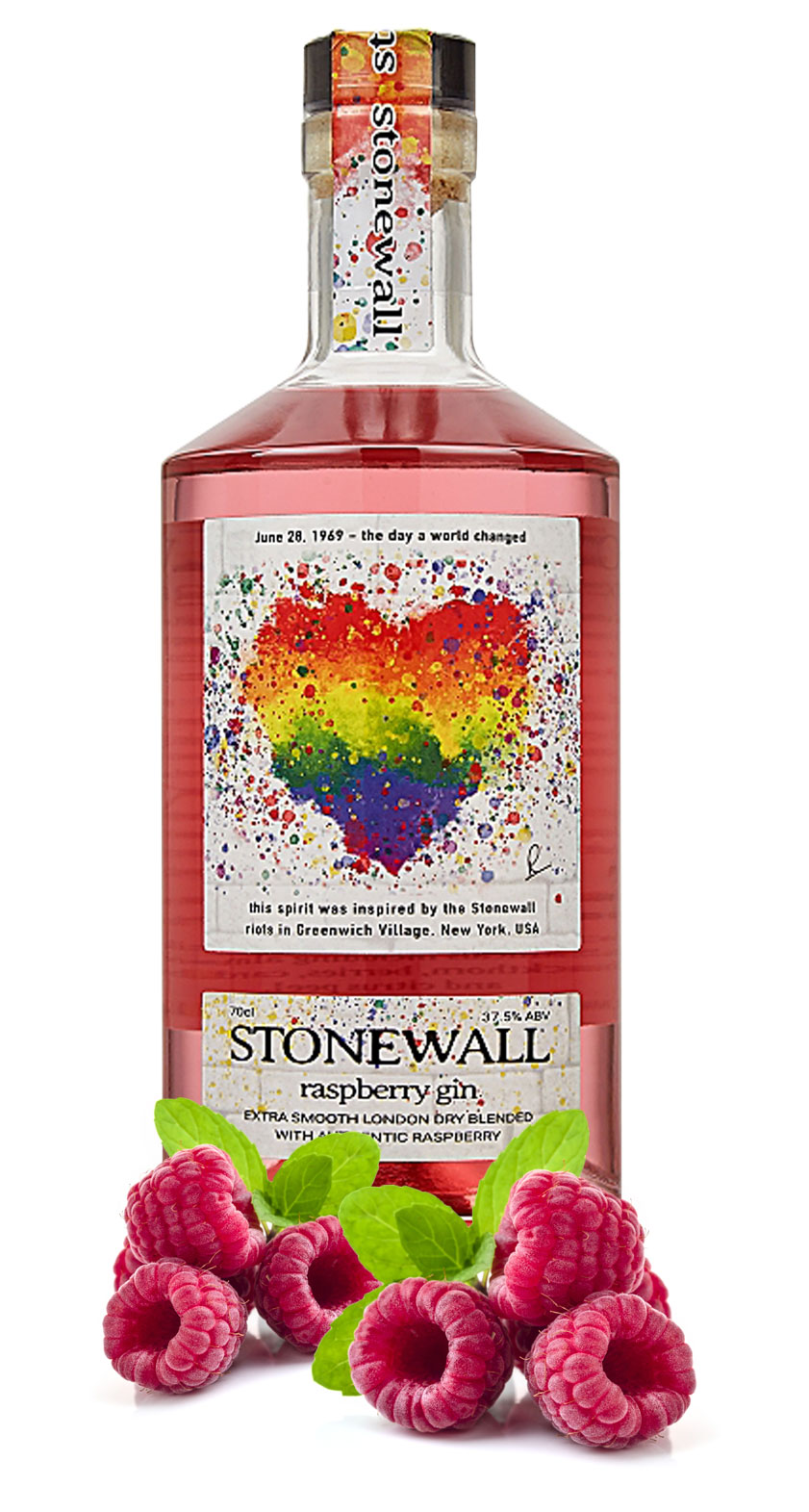
Raspberry Gin
960 in stock

